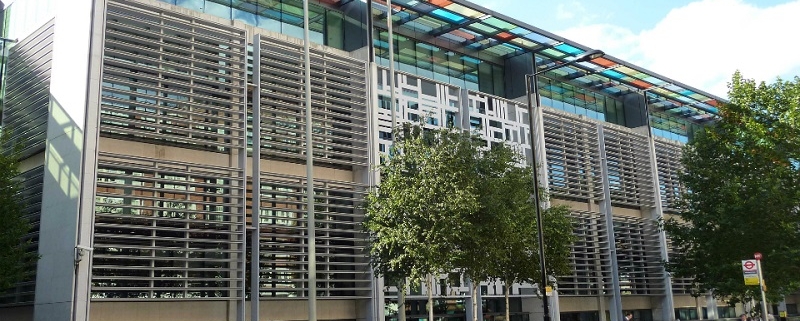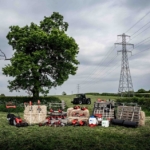Landscape Institute calls for landscape-led development
Landscape Institute calls for landscape-led development: The Landscape Institute is calling for a landscape-led approach to development in response to the government’s open consultation on ‘Proposed reforms to the National Planning Policy Framework and other changes to the planning system’.
The Landscape Institute’s response to the proposed reforms builds on its ‘Recommendations for the next UK government’, and promotes a strategic, landscape-led approach, linking the planning of housing and infrastructure with other positive outcomes for the economy, society, and the environment.

Landscape Institute calls for landscape-led development
Responses to the 106 questions cover a wide range of issues, outlining how landscape can provide solutions to cross-cutting policy issues, and help the government meet its ambitions to drive growth and get Britain building while also responding to the climate emergency and meeting net zero and nature recovery targets.
As well providing as detailed responses on specific topics, the Landscape Institute has also called on the government to recognise 8 key principles for landscape-led development:
- Prioritise landscape considerations in planning: Landscape is everywhere and the space between and around buildings is important as the buildings themselves. Recognise the fundamental role that landscape-led approaches play in good planning and the importance of the planning system in delivering good and functional landscape.
- Emphasise Green Infrastructure (GI): Clearly define and prioritise the importance of conserving and enhancing a multi-functional green infrastructure (GI) network, which is key to making best use of land, natural assets and systems to deliver a range of ecosystem services. The Landscape Institute strongly supports a requirement for planning authorities to produce GI strategies, based on the relevant guidance from Natural England, and for all new development to demonstrate appropriate and proportionate contributions to GI. We would wish to see the NPPF make such a requirement explicit.
- Encourage a systems approach to regional planning: Foster cross-working to achieve synergies and greater resilience, as opposed to silos. Advocate joined-up, cross-boundary, regional strategies that reflect natural rather than political constituencies. These would take into account water management, nature recovery, and green infrastructure networks, and be guided by landscape character assessment. This requires a coordinated approach from MHCLG and DEFRA and potentially other government departments as well as local policy and decision makers.
- Value the potential of greenbelt land in contributing to ecosystem services: Develop a comprehensive, coordinated green belt strategy in which development decisions provide opportunities for restoring and enhancing green belt areas – recognising their potential value rather than allowing neglect and decline. Prioritise previously developed sites for new developments, but only after thorough biodiversity and character assessments and seeking to conserve and enhance natural assets and deliver Environmental Net Gain.
- Continue to apply Strategic Environmental Assessments (SEAs) to plans, policies and projects: Maintain the requirement for SEAs in strategic planning to inform decisions at an early stage and reduce the risk of unintended adverse consequences.
- Ensure quality and affordability in housing: Local planning authorities should develop and use local design guides and require demonstrable climate resilience and information on whole life costs and sustainability for new buildings, enabling better end user awareness of likely maintenance costs. The objective should be to produce places that are built to last, meet the needs and aspirations of users and have minimal adverse impact on the environment.
- Recognise the role of landscape in addressing climate change: Well-considered and informed siting, layout, topography, orientation and micro-climate design and management make significant and cost-effective contributions to climate resilience and energy efficiency, particularly in new housing developments. Good functional landscape design and management adds considerable value for people and nature going well beyond simple aesthetics.
- Make space for nature: Require local plans to allocate sites for nature protection and recovery, making use of development of all kinds to create opportunities to create and extend GI and Nature Recovery Networks.
For the latest industry news visit landscapingmatters.co.uk/news
Get all of the big headlines, pictures, opinions and videos on stories that matter to you.
Follow us on Twitter and Instagram for fun, fresh and engaging content.
You can also find us on Facebook for more of your must-see news, features, videos and pictures from Landscaping Matters












